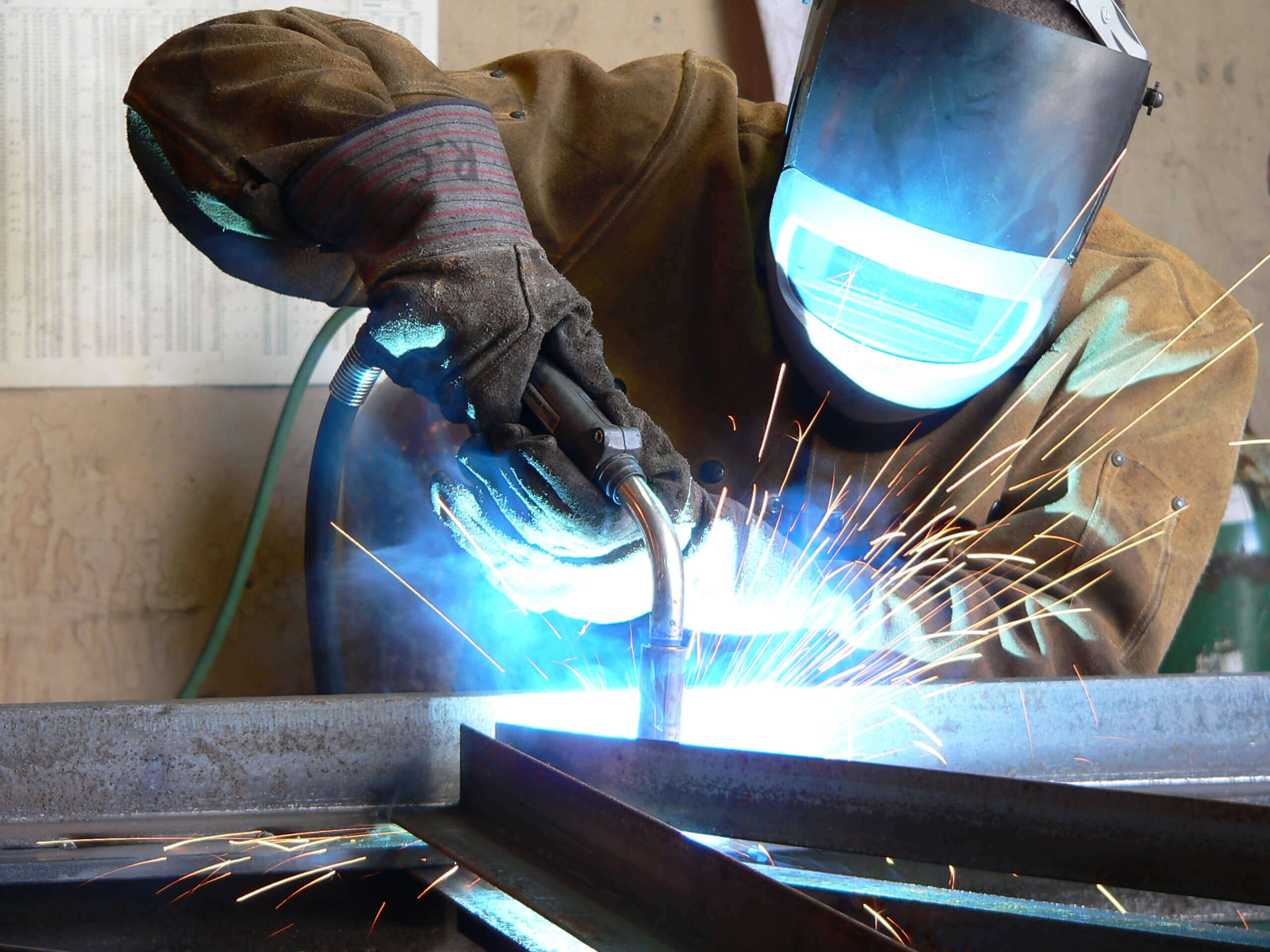Which Type of Gas Regulator Should I Use for my Welding


For optimal weld quality and performance not only is the choice of welding gas important but also the welding equipment. Gas regulators are something that we are frequently asked about at Air Products. In essence, there are four options to choose from:
Below is a brief overview of each of these options. However, to start, let's just ground ourselves on the purpose of a regulator. A regulator receives gas from the welding gas cylinder and reduces the cylinder pressure down to an adjustable pressure output suitable for the application.
These are the most common regulators on the market predominantly as they are the least expensive. The regulator takes the cylinder pressure of either 230 or 300 bar pressure and reduces in one step down to useable pressure (0-4 bar pressure).
The clear advantage of these regulators is the price. However, the pressure output is less stable than other regulators. This is particularly true as the cylinder contents deplete, and cylinder pressure increases. The user should keep adjusting the regulator to counter-act this phenomenon.
Twin stage or multi-stage regulators look similar to single stage regulators however they are marginally bigger and more expensive. The first regulator reduces cylinder pressure down from 230/300 bar to approximately 10 bar. There is no ability to adjust this first regulator. The second regulator reduces the pressure from the first regulator to deliver target output pressure. The user has the ability to adjust this pressure setting. As this is a more controlled process, the output pressure is more stable and consistent than single-stage regulators which is particularly useful at lower pressures. Also, the drop in cylinder pressure as the cylinder contents empty has no impact on the second regulator meaning that output pressure remains unchanged.
Regarding integrated regulators, such as Air Products' unique Integra® cylinder, this gives the control of a twin stage regulator without the cost of twin stage regulator. The regulator is built-into the cylinder head which means there is no need to ever buy or maintain a regulator again.
The newest addition to the market is the latest development in integrated cylinder regulators. The Air Products Integra ® e2 cylinder also has a built-in regulator. This regulator has all of the benefits of a twin-stage regulator but also contributes to reducing welding gas wastage and consumption by controlling flow rate, maintaining flow consistency and eliminating pre-weld surge.
Whatever type of regulator you choose for your welding application, it is important to fit correctly, follow best practice int terms of se- up and se- down procedures and ensure appropriate maintenance. Welding gas regulators should be inspected annually as recommended by British Compressed Gases Association's (BCGA) Code of Practice 7. Regulators, as other welding gas equipment, should be replaced every five years. For further information on gas equipment inspections click here.

An industry leading comprehensive guide to gas shielded arc welding and oxy-fuel cutting.